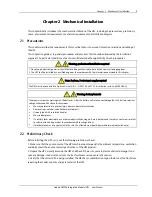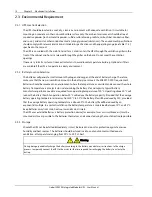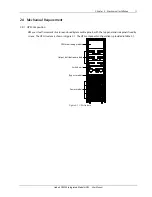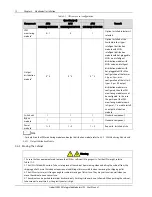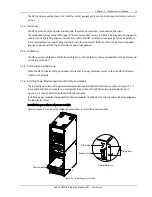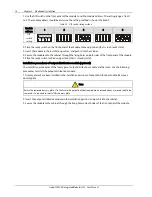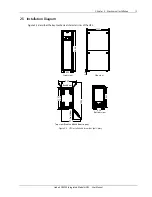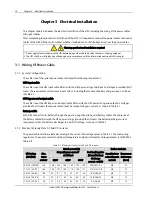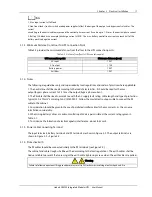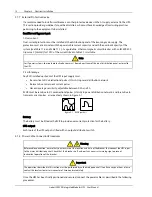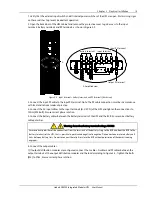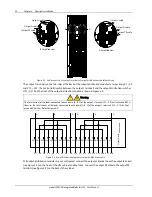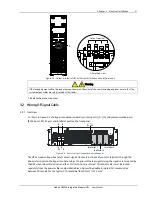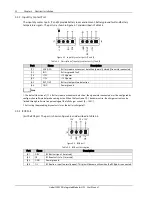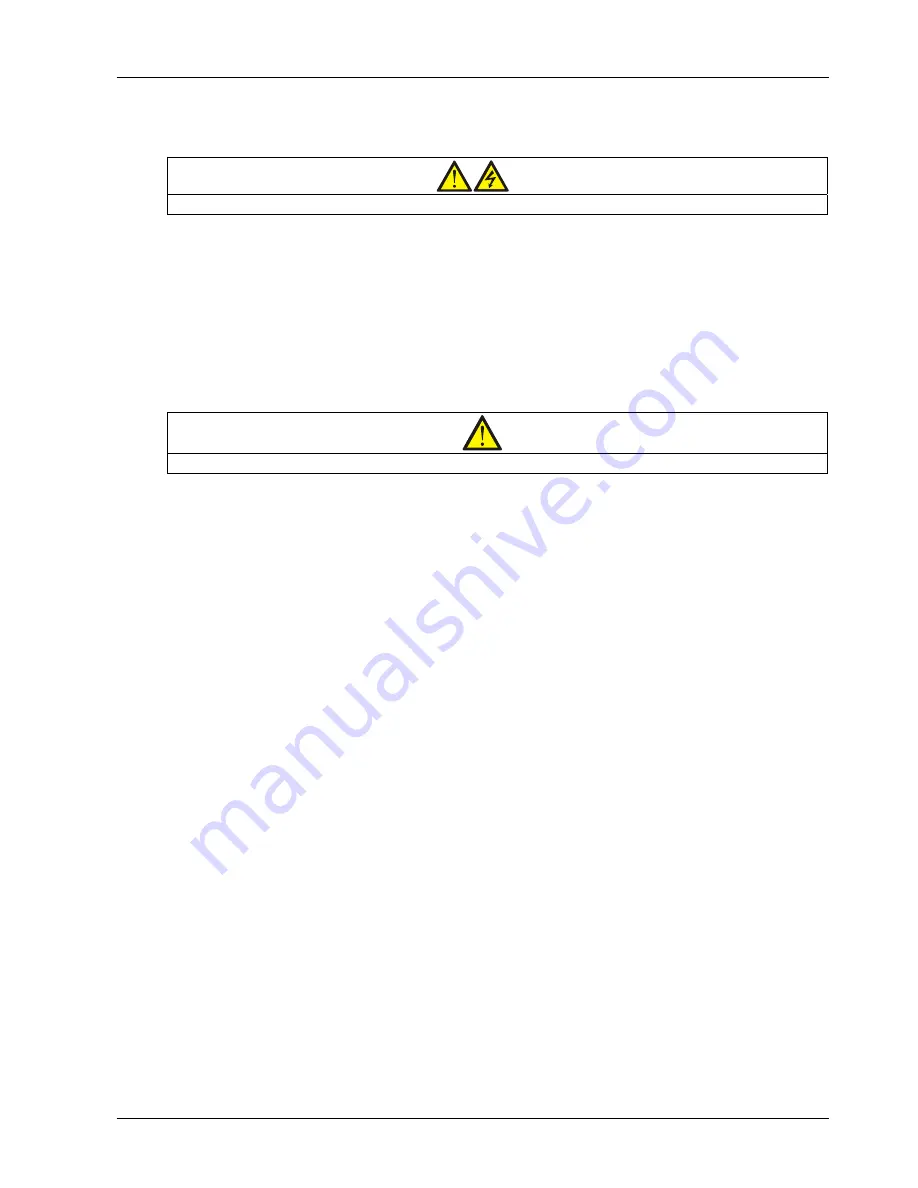
Chapter 1 Overview 7
Liebert APM 90 Integrated Modular UPS User Manual
Operating procedures in ECO mode are the same as those described in
Chapter 5 Operating Instructions
,
except that the load is normally on the bypass mains, the Inverter LED is normally off, and the corresponding
alarm message 'Bypass mode' will appear on the LCD.
Warning
In ECO mode the load is not protected against mains distortion.
Dormancy mode
Dormancy mode is designed to maximize the number of the dormant power modules while ensuring load
power, which brings the system efficiency to the greatest extent. The dormancy mode is configured by the
commissioning engineer through the background software. This mode has the following restrictions on the
power module addresses: When there are five power modules, the power module addresses should be 1, 2, 3,
4 and 5 in turn; when there are four power modules, the power module address should be 1, 2, 3 and 4 in turn;
when there are three power modules, the power module addresses should be 1, 2 and 3 in turn; when there
are two power modules, the power module addresses should be 1 and 2 in turn.
Note
In dormancy mode, sudden load change should be avoided, which may cause UPS transfer to bypass mode.
Frequency converter mode
The UPS can be programmed into frequency converter mode for either 50Hz or 60Hz stable output frequency.
The input frequency may vary from 40Hz to 70Hz. In this mode, it is required to open the maintenance bypass
switch to disable the static bypass operation, and the battery becomes optional depending on any
requirement to operate in battery mode.
Dual bus (LBS) system mode
A dual bus system consists of two independent UPS single unit systems. The dual bus system has high
reliability and is suitable for load with multiple inputs. For single input load, an optional STS can be installed to
power the load. For the operation principle diagram of the dual bus system mode, see Figure 7-1.
1.4
Battery Management
The following battery management functions are set by the commissioning engineer through background
software.
1.4.1
Normal Function
1. Constant current boost charge.
The charge current can be set.
2. Constant voltage boost charge.
The boost charge voltage can be set as required by the type of battery.
For VRLA batteries, the maximum boost charge voltage should not exceed 2.4V/cell.
3. Float charge.
The float charge voltage can be set as required by the type of battery.
For VRLA batteries, the float charge voltage should be between 2.2V/cell and 2.3V/cell.
4. Float charge temperature compensation (optional).
The temperature compensation coefficient can be set as required by the type of battery.
5. EOD protection.

















